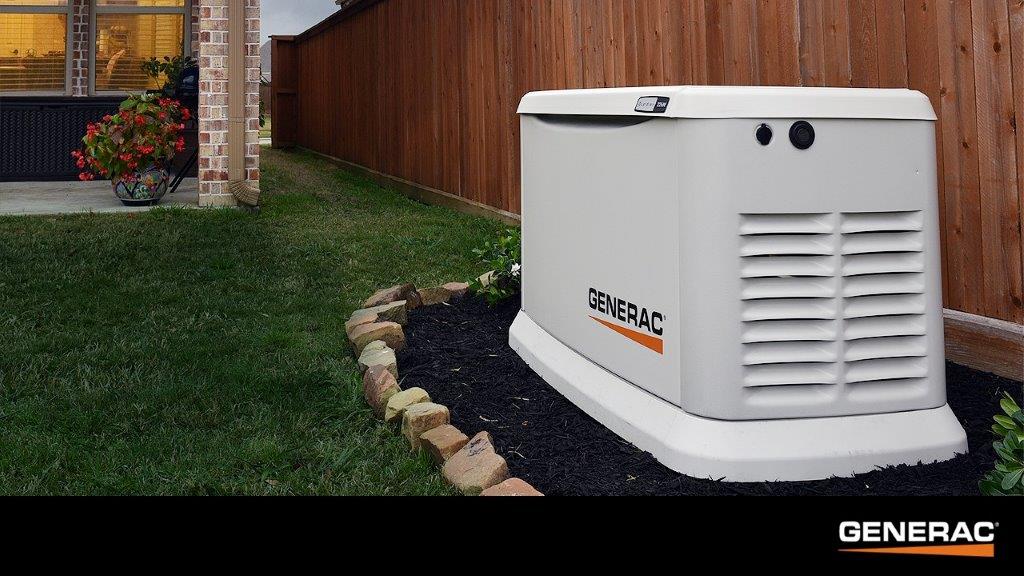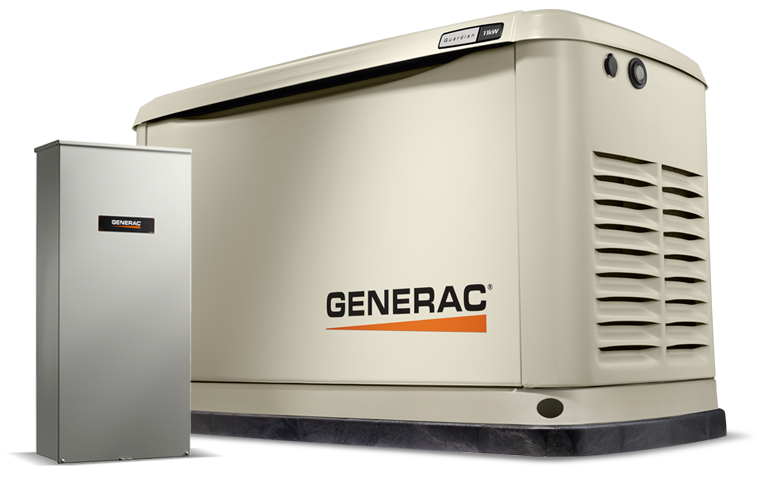Who We Are
Panel Upgrades/Repairs – EV Chargers
Why Choose Us
Hot Tubs – Lighting Installation
Our Services
Ceiling Fans – Generators – Service
Certified Tesla EV Charger Installation Professional
Will you be prepared for the next big storm?
Need financing? We can do that! Call 336-298-4192 to learn more.
Terms and Conditions: This promotion is only open to residents of the contiguous United States (excludes Alaska, Hawaii, Puerto Rico and U.S. territories) and Canada. Purchases must be made March 6, 2023 through April 16, 2023. Void where prohibited, taxed or restricted by law. To qualify for the promotion, the Generac automatic home standby generator must be (1) purchased within the promotion period and (2) installed and activated by June 25, 2023. The promotional offer is a free 10-year extended-limited warranty – a $1,035 US/$1,390 CAN value. Limit one per household. Warranty will be applied to generator at activation address, and will only be applied after the unit has been activated. The only Generac Generators that qualify for this special promotion are air-cooled home standby generators 10kW – 26kW. For a complete list of qualifying model numbers, please visit www.Generac.com/National. Refurbished products are excluded from this promotion. Promotion redemptions must be electronically completed by 11:59 p.m. PST on June 25, 2023 via www.Generac.com/National. All redemptions are subject to Generac’s final review and approval. If a redemption is incomplete or fails to meet any of the terms and conditions, the promotional items will not be issued. Proof of purchase showing the qualifying purchase/signed contract date must be submitted to receive this offer. Generac recommends customers keep a copy of the requested forms for their records. All submitted proofs of purchase become the property of Generac and will not be returned. Generac is not responsible for lost, late, or incomplete redemption forms. Please allow six to eight weeks for processing and an additional four to eight weeks to receive your free 10-year extended warranty certificate. This offer is not valid with any other Generac sponsored promotion. Generac reserves the right to rescind and/or change this offer at any time without notice. Additional terms and conditions may apply. For questions related to eligibility and the status of your promotional items please visit www.Generac.com/National or call 1-855-388-3110 to speak with a Generac representative.
About Us
Balex Electrical Company, LLC is a fully licensed and insured commercial, residential electrical contractor located in Greensboro, North Carolina. We serve the Greensboro, Colfax, High Point, Summerfield, Oak Ridge and the surrounding Triad areas. We have built our company on simple principles – customer satisfaction and quality. Give us a call today for quality electrical solutions.
Give us a call today for quality electrical solutions.







